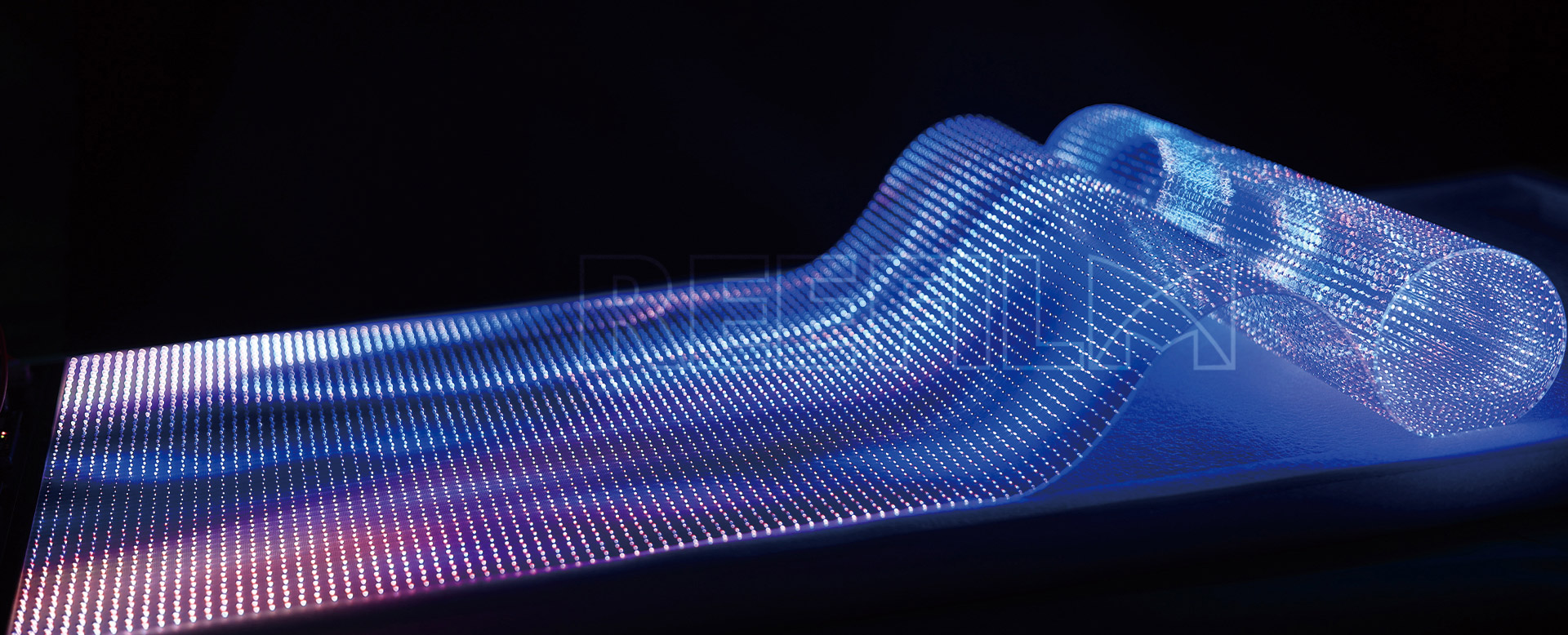
A P8 Outdoor LED Screen is a high-performance digital display solution designed for outdoor environments, featuring a pixel pitch of 8 millimeters. This type of LED display consists of numerous light-emitting diodes (LEDs) arranged in a grid pattern, capable of producing vibrant, high-resolution images and videos even in direct sunlight. The "P8" designation refers to the 8mm distance between the centers of two adjacent pixels, which determines the screen's resolution and optimal viewing distance.
Key Characteristics: P8 outdoor LED screens are engineered with IP65 or higher waterproof ratings, 5000-7000 nits brightness for sunlight visibility, and 16-bit or higher color processing for accurate color reproduction. They typically feature SMD (Surface Mounted Device) LED technology with a viewing angle of 140-160 degrees horizontally and vertically.
The P8 Outdoor Led Display boasts several advanced technical specifications that make it suitable for demanding outdoor applications:
Pixel Density: With a 15,625 pixels per square meter (derived from 1,000mm/8mm = 125 pixels per linear meter, squared), P8 offers a balance between resolution and cost-effectiveness for large outdoor installations.
Brightness Levels: Ranging from 5,000 to 7,000 nits, this brightness ensures excellent visibility even under direct sunlight, with automatic brightness adjustment capabilities that can reduce to 1,500-2,000 nits during nighttime operation.
Refresh Rate: High 1,920Hz or greater refresh rates eliminate flickering and ensure smooth video playback, crucial for capturing fast-moving content without motion blur.
Contrast Ratio: With 5,000:1 to 10,000:1 contrast ratios, P8 screens deliver deep blacks and vibrant colors, enhancing overall image quality.
Environmental Tolerance: Designed to operate in -30°C to +60°C temperature ranges and withstand winds up to 200 km/h when properly installed, with protection against dust and water ingress (IP65 standard).
Power Consumption: Typical power consumption ranges from 300-500W per square meter, with energy-saving technologies reducing this by up to 30-40% when displaying darker content.
Lifespan: The LEDs have an operational lifespan of 100,000 hours (L70 - the point at which brightness reduces to 70% of original), equivalent to over 10 years of continuous operation.
P8 outdoor LED screens serve numerous applications across various industries due to their durability and visual performance:
Digital Billboards: High-traffic areas like highways and city centers utilize P8 screens for advertising, with typical sizes ranging from 20-100 square meters. Their high brightness ensures visibility day and night.
Sports Stadiums: As perimeter advertising boards or main scoreboards, P8 Led Screens provide live video feeds and instant replay capabilities to enhance spectator experience.
Public Information Displays: Transportation hubs and city squares use these screens for real-time information dissemination, emergency alerts, and community announcements.
Retail and Entertainment: Shopping malls and amusement parks deploy P8 screens for brand promotion and immersive experiences, with content often synchronized across multiple displays.
Outdoor Events: Concerts and festivals utilize temporary P8 installations as stage backdrops or giant viewing screens, often configured in unconventional shapes.
Corporate Campuses: Large enterprises use P8 displays for brand messaging and employee communications in outdoor spaces.
Transportation Hubs: Airports and train stations implement P8 screens for wayfinding systems and schedule displays, benefiting from their all-weather reliability.
Proper maintenance ensures optimal performance and extends the lifespan of P8 outdoor LED screens:
Regular Cleaning: Perform bi-monthly cleaning using compressed air (at 3-5 bar pressure) and soft brushes to remove dust. For stubborn dirt, use isopropyl alcohol (70-90% concentration) with lint-free cloths, avoiding abrasive materials that could damage the surface coating.
Electrical System Checks: Monthly inspections of power supplies and cable connections should verify proper voltage (typically AC 110V/220V ±10%) and secure connections. Measure ground resistance (<4Ω) annually.
Pixel Maintenance: Use diagnostic software to identify and replace failed LEDs (maintain <0.01% dead pixel rate). Keep spare modules (2-5% of total) for prompt replacement.
Structural Integrity: Quarterly inspections should check mounting hardware for corrosion (especially in coastal areas) and verify frame deflection remains <1/500 of the span. Retighten bolts to specified torque values (typically 45-60 N·m for structural connections).
Thermal Management: Ensure ventilation openings remain unobstructed and cooling fans (if present) operate properly. Monitor internal cabinet temperatures (should remain 15-20°C above ambient during operation).
Software Updates: Regularly update control system firmware and content management software to maintain security patches and performance enhancements.
Preventive Maintenance: Before extreme weather seasons, conduct comprehensive checks including waterproofing tests (using IPX5 standard water jets) and wind load calculations to ensure structural integrity.
Professional Servicing: Schedule annual professional maintenance that includes thermal imaging of electrical components (hot spots should not exceed 85°C), color calibration using spectrophotometers (maintaining ΔE < 3 color accuracy), and comprehensive system diagnostics.
Previous: LED Glass Film
Next: P8 Outdoor LED Display